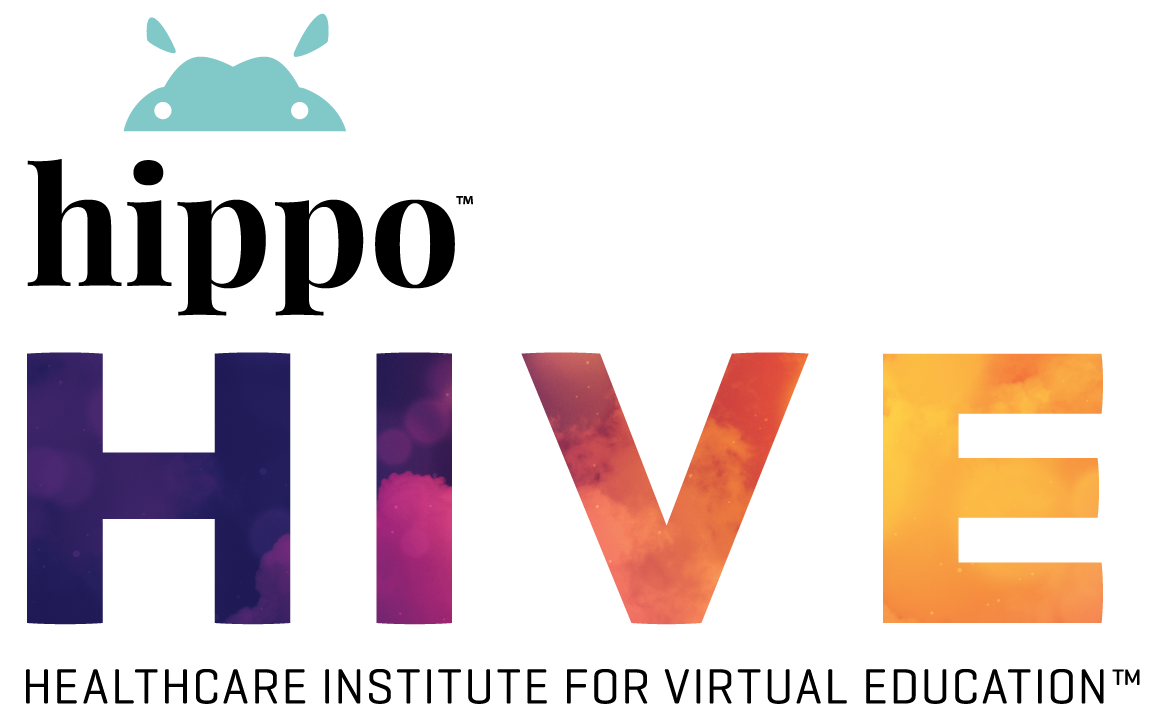Living during a pandemic can lead people to evaluate and re-evaluate long-held beliefs. They might discover that the everyday uncertainty strengthens some of their convictions and weakens others.
If you ask people living with the threat of COVID-19 if they believe access to healthcare is a human right, many would respond in the affirmative. Anyone afraid for their health or the health of their loved ones wants to believe that they would have access to effective and compassionate medical care in their hour of need.
Establishing International Human Rights and Medical Care
Human rights are standards that allow people to live with dignity, freedom, equality, justice, and peace. People deserve human rights simply by being human.
The first international document that outlined the basic civil, political, economic, social, and cultural rights that all human beings deserve was the Universal Declaration of Human Rights (UDHR), which was ratified by the United Nations (UN) General Assembly in 1948.
The UDHR holds high political significance, but it is a recommendation – not a legal document that requires enforcement. Thus, the UN General Assembly developed two treaties to turn the declaration’s recommendations into binding international law – the International Covenant on Civil and Political Rights (ICCPR) and the International Covenant of Economic, Social and Cultural Rights (ICESCR), both of which were adopted in 1966. Together, the UDHR, the ICCPR, and the ICESCR became known as the International Bill of Human Rights. They contain a comprehensive list of human rights that governments must respect, protect, and fulfill.
Article 25 of the UDHR states, “Everyone has the right to a standard of living adequate for the health and well-being of himself and of his family, including food, clothing, housing and medical care and necessary social services…”
Victory for Healthcare as A Human Right
Almost 40 years ago, there was another new virus starting to circle the globe – human immunodeficiency virus (HIV), which causes acquired immunodeficiency syndrome (AIDS).
Similar to today’s COVID-19 challenges, scientists tirelessly worked to discover exactly how HIV attacked the body and how it spread from one human to another. Healthcare professionals tried treatments as quickly as they were proposed or discovered. Meanwhile, patients and their caregivers fought for access to the best possible healthcare.
Over time, scientists discovered that antiretroviral therapy could treat, but not cure, HIV. HIV/AIDS activism claimed that access to antiretroviral (ARV) medications was an essential right for people suffering from the virus. Twenty-one years after the first HIV/AIDS case was identified, the World Health Organization added ARVs to its list of essential medicines. Since then, access to ARV therapy has been cited as a textbook example of the right to healthcare.
Virtual Care is Overcoming Barriers to Healthcare Access
It has been 72 years since the UDHR was written. Today, people still do not have equal access to healthcare. There are many barriers to making this philosophical ideal a reality – physical distance between a sick individual and the nearest hospital, time that is required to receive necessary treatment, and training that healthcare professionals need on the newest procedures – to name just a few.
Today, hope for better and broader access to healthcare is becoming a reality. The answer lies in the new paradigm that virtual care is creating for healthcare education, learning, and practice, particularly during the current pandemic which has effectively been the long awaiting tipping point for telehealth.
Virtual care is breaking down barriers, reducing costs, and increasing access, allowing a greater number of people to obtain the healthcare that they need, where they need it, and when they need it.
One example of how virtual care is improving access to healthcare is the innovative platform developed by Hippo Technologies. Incorporating a hands-free, voice-activated, head-mounted tablet and HIPAA compliant software platform offers medical specialists an immersive way to extend their reach for peer-to-peer consultations, teaching and proctoring, regardless of their physical location. Bridging the gap between physical care and virtual care, enabling healthcare providers and educators to overcome the barriers of time, distance and training, is a major step towards universal access to quality care, whoever and wherever you are.
To fulfill the right to access healthcare, perhaps it is time the problem was approached from a different outlook. With today’s technology and telehealth advances, the more feasible solution is not about how the patient gets to medical care, but how the medical expertise is brought to the patient.
Virtual care is the answer.
